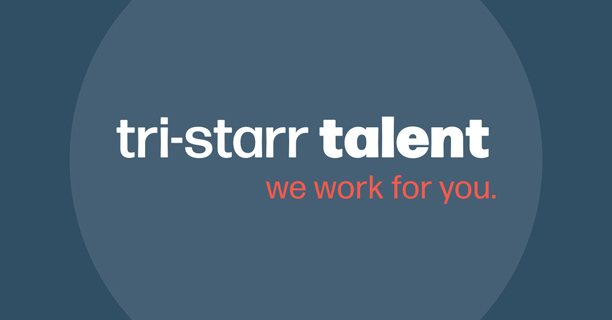3 Helpful Tips to Quickly Train a New Hire
Several different stages comprise the typical hiring process, and each one requires a certain amount of a business owner’s time, energy, and attention. For example, the interviewing stage requires business owners to spend a significant amount of time each week reviewing resumes, speaking with applicants, and sending follow-up emails. It’s typically a huge relief, then, when a new employee is finally selected and hired.
But of course, the legwork for business owners does not entirely end there. After the long and arduous interviewing and onboarding processes, there is still the task of training a new employee. Often, this is the most time-consuming stage of the entire hiring process. For example, some estimates report that it can take as long as 1-2 years for new employees to become “fully productive” in a new role.
What options (if any) do employers have for cutting back on the amount of time required to train a new employee?
How to Expedite the Training Process for a New Hire
As a business owner, you instinctively treat time as your most valuable resource. When an opportunity comes along for you to streamline a vital business operation without cutting revenue, you seize it.
You’ve also probably been frustrated in the past by the amount of time that’s usually required to train a new employee. Luckily, some simple and proven strategies can help you reduce the training timeline for any new hire.
Here are a few to help get you started:
- Create a training schedule outline. To streamline the training process, it’s essential to kick things off by drafting an overview of your goals. To this end, you should consider writing down the specific training goals that you’d like your new employee to meet, as well as a realistic timeline that they’ll be able to stick to.
- Break the training process down into short, sweet, and digestible sessions. Subjecting a new employee to a day-long training session might seem like an efficient use of everyone’s time, but in reality, it’s just a fast-track to losing their attention. Instead, you might consider dividing your training seminars into smaller, more manageable units and then dispersing those over the course of a week (or even a month). That way, you’ll ensure that your new employees remain engaged with your training materials – without pushing them to the brink of exhaustion.
- Make sure that your training process is iterable. Ideally, every training process and module you implement should be replicable from one new employee to the next. This will make it less likely that you’ll have to return to the drawing board when it’s time to train your next new hire. In light of that, you should be asking yourself this fundamental question as you design your employee training process: Will I be able to implement this same process the next time around?
Learn More About Building a Stronger Workforce
At Tri-Starr Group, we’re committed to helping employers build optimized teams in a rapidly changing business environment. Contact us today to learn more about how partnering with a professional staffing agency can help to strengthen your workforce!

